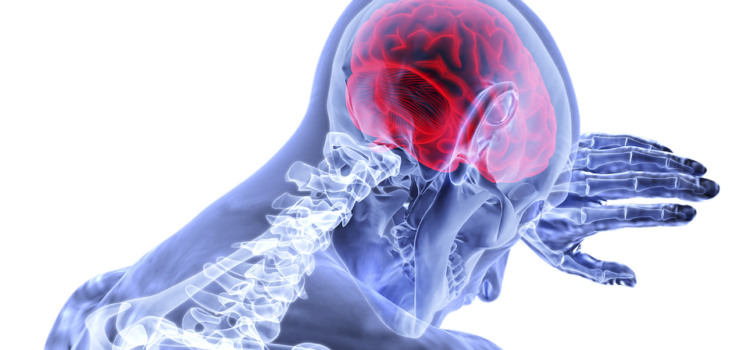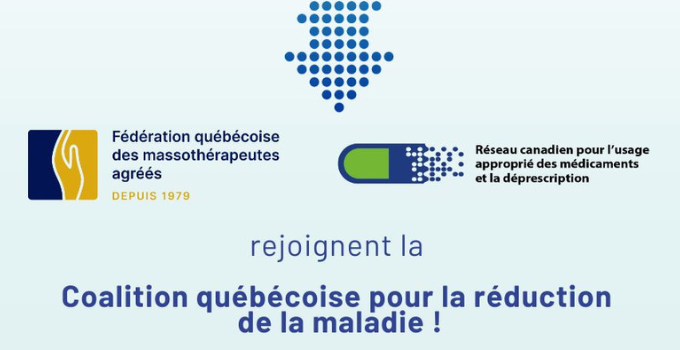 News, Newspaper
News, Newspaper
Improving quality of life through massage
Fibromyalgia affects between 3.3 and 5% of the population, or close one in 20 Canadians. Its main symptom is pain. Can massage therapy help people living with fibromyalgia?
Fibromyalgia is a complex clinical syndrome characterized by generalized body pain, usually coupled with fatigue and difficulty sleeping.
Over time, the syndrome has been referred to as fibrositis, polyalgia and diffuse idiopathic syndrome. Fibromyalgia, now the commonly accepted term, comes from the following words:
- “fibro” from the Latin fibra (fibre)
- “myo” from the Greek myos (muscle)
- “algia” from the Greek algo (pain)
Symptoms of fibromyalgia*
- Generalized and diffuse pain described as a burning sensation that can migrate from one part of the body to another and vary in intensity over time
- Difficulty sleeping, non-restorative sleep
- Fatigue and stiffness after sleeping
- Muscle spasms
- Headache, facial pain
- Gastro-intestinal disorders (diarrhea, constipation, nausea, bloating)
- Loss of balance, vertigo
- Depression, anxiety
- Itchy skin
- Cognitive impairment (difficulty concentrating, memory loss, trouble finding words)
- Hypersensitivity to external factors (temperature changes, smoke, noise, light, etc.)
*This list is not exhaustive. The symptoms can vary from person to person, and their intensity can vary over time.
The symptoms of fibromyalgia can sometimes be mistaken for other diseases, including rheumatoid arthritis, thyroid diseases, and multiple sclerosis. For this reason, it is important to obtain a definitive medical diagnosis that rules out the other diseases that share a similar symptomology.
Causes still unknown
While the existence of fibromyalgia is widely recognized, its causes and mechanisms remain poorly understood.
Certain triggering factors may help explain the onset of fibromyalgia in an individual, including an accident, physical trauma, viral infection and serious illness. These factors may lead to anomalies in brain and central nervous system function, thereby influencing pain response mechanisms among affected individuals. A genetic predisposition is also possible.
Massage therapy in the management of fibromyalgia
The management of fibromyalgia requires a multimodal approach involving the complementary use of several types of pharmacological and non-pharmacological treatments aimed at relieving the symptoms and improving the person’s quality of life. In this context, massage therapy holds potential as an effective complementary approach.
Massage therapy brings a holistic perspective to bear on the individual. The massage therapist’s role in managing fibromyalgia involves supporting the individual by adapting care to their condition at the time of the massage, regardless of the massage technique or approach used. Because pain is an everyday part of life for people living with fibromyalgia, the massage therapist’s support is essential to the success of the massage therapy session.
Massage therapy can offer the following benefits to people living with fibromyalgia[1][2][3]:
- Reduced stiffness and pain
- Lower levels of stress and anxiety
- Improved quality of sleep
- Easing of depressive symptoms
- Improved quality of life
What the research says
The following studies have shown that adapted massage helps reduce symptoms of fibromyalgia, thereby improving the quality of life of people living with it:
- In 2014, Chinese researchers conducted a meta-analysis with the goal of assessing the impact of massage therapy on people living with fibromyalgia. They concluded that individuals who received massage therapy for a period of five weeks or more showed a decrease in their symptoms of pain, anxiety and depression[2].
- In 2015, researchers in Brazil carried out a study aimed at determining the effectiveness of different types of massage among individuals suffering from fibromyalgia[3]. Their meta-analysis served to confirm the effectiveness of certain massage approaches and techniques, notably myofascial release, connective tissue massage, manual lymphatic drainage, and Shiatsu.
To find out more
[1] Arthritis Society (2018). Fibromyalgia. Taken from https://arthritis.ca/about-arthritis/arthritis-types-(a-z)/types/fibromyalgia
[2] Li, Yan-hui et coll. (2014). Massage therapy for fibromyalgia: A systematic review and meta-analysis of randomized controlled trials. Plos One, 9(2):e89304.
[3] Yuan, Susan Lee King et coll. (2015). Effectiveness of different styles of massage therapy in fibromyalgia: A systematic review and meta-analysis. Manual Therapy, 20:257-264.




